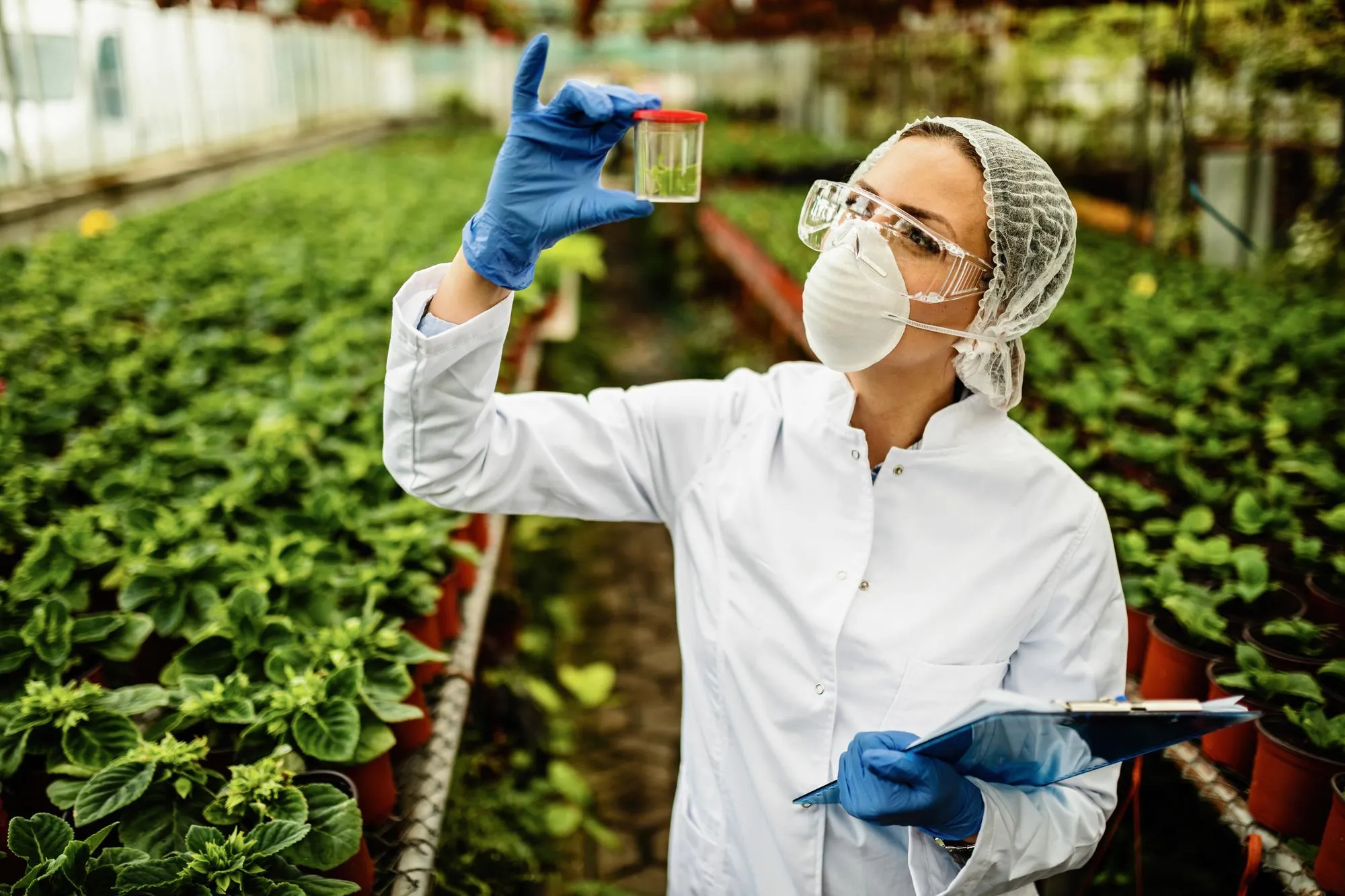Keywords
1. Hydrophilic interaction chromatography
2. Mass spectrometry in food safety
3. Cartap residue analysis
4. Nereistoxin detection
5. Pesticide analysis in tea
In the realm of food safety, ensuring that consumables such as tea are free from harmful residues is essential for consumer health and retaining trust in agricultural products. Researchers have made significant strides in enhancing detection methods for pesticide residues and their metabolites in various food commodities. A noteworthy development has been presented in a study published in the “Journal of Chromatography A” where a sophisticated analytical technique has been proposed for the simultaneous determination of cartap and its metabolite, nereistoxin, in tea samples.
Cartap is a pesticide commonly used in agriculture to control pests on various crops, including tea. However, upon degradation, it produces a metabolite known as nereistoxin which, like cartap, can pose risks to human health. Therefore, reliable and precise methods for detecting these substances are crucial to assess the risk underlying their presence in food products.
The researchers, led by Jinxia Dai and colleagues, developed a method that exploits hydrophilic interaction chromatography (HILIC) coupled with tandem mass spectrometry (MS/MS). This method allows for precise quantification of both cartap and nereistoxin in tea, a valuable capacity considering the rapid degradation of cartap into nereistoxin. The study highlights the imperative need for risk assessment of cartap residue to include exposure to both the pesticide and its metabolite, particularly in tea which is consumed globally.
The study reveals a meticulously validated procedure wherein cartap and nereistoxin are extracted from tea samples using water containing formic acid and ammonium formate. The researchers utilized dichloromethane to effectively remove caffeine – a compound ubiquitous in tea that can interfere with the analysis. To ensure further purification, tea extracts were cleaned using dispersive adsorbents made of octadecylsilane and strong anion exchanger. Subsequent refinement was executed using a hydrophilic lipophilic balanced solid-phase extraction cartridge.
A notable aspect of this study is the application of isotopic internal standards. These were utilized to calibrate any loss of analytes during sample preparation as well as to compensate for the matrix effects, which refers to the interference from other compounds present in the samples.
The validation of the method showcased impressive linearity with correlation coefficients (R^2) that adhere to strict analytical standards, indicating high accuracy of the quantification process. Moreover, the limit of detection (LOD) was reported to be consistent with the stringent requirement for pesticide residue analysis, making it a robust tool for regulators and industry stakeholders.
The innovative methodology investigated by Dai and her team signals a leap forward in food analytical chemistry, particularly for tea quality assurance. Not only does it enhance the sensitivity and specificity of detecting pesticide residues, but it also underscores the importance of tracing degradation products such as nereistoxin, which is often overlooked in conventional analysis.
The implications of this research extend beyond the technicalities of analytical chemistry. It paves the way for improved regulatory compliance for tea producers and exporters, assuring that their products meet the global standards for food safety. Furthermore, it empowers consumer trust, as end-users can be more confident in the safety of the tea they consume.
The publication of this method is not only a relevant contribution to the field of chromatography and mass spectrometry but also, and more importantly, a notable advancement in public health protection.
The journal article’s DOI is 10.1016/j.chroma.2019.04.034, and it can be found in the “Journal of Chromatography A,” with the specific details cited as follows:
Dai, J., Chen, H., Gao, G., Zhu, L., Chai, Y., & Liu, X. (2019). Simultaneous determination of cartap and its metabolite in tea using hydrophilic interaction chromatography tandem mass spectrometry and the combination of dispersive solid phase extraction and solid phase extraction. Journal of Chromatography A, 1600, 148-157. DOI: 10.1016/j.chroma.2019.04.034.
References
1. Dai, J., et al. (2019). Simultaneous determination of cartap and its metabolite in tea using hydrophilic interaction chromatography tandem mass spectrometry and the combination of dispersive solid phase extraction and solid phase extraction. Journal of Chromatography A, 1600, 148-157.
2. Kumar, V., et al. (2016). Pesticides in Tea: Metabolism, Degradation, and Analytical Methods. Advances in Plant & Microbial Biotechnology.
3. Kadivar, M., & Stapleton, H. M. (2003). Mass Spectrometry-Based Methodologies for Pesticide Detection: Trends in Sample Preparation and Analysis. Journal of Agricultural and Food Chemistry.
4. Roberts, D. R., & Zweigenbaum, J. A. (2004). Rapid and definitive determination of psychoactive substances in herbal teas by LC/MS/MS. Food Chemistry.
5. Castellano, P., et al. (2006). Determination of Pesticides and Veterinary Drug Residues in Food by Liquid Chromatography-Mass Spectrometry: A Review. Analytica Chimica Acta.
This research article contributes significantly to the literature of food safety analysis and presents an advanced solution to detect and quantify pesticide residues in one of the most extensively consumed beverages across the globe. The collaboration among the Tea Research Institute of the Chinese Academy of Agricultural Sciences and the Key Laboratory of Tea Quality and Safety & Risk Assessment, Ministry of Agriculture, represented by the authors, is a testament to the ongoing effort in ensuring the highest standards of food quality and safety.
